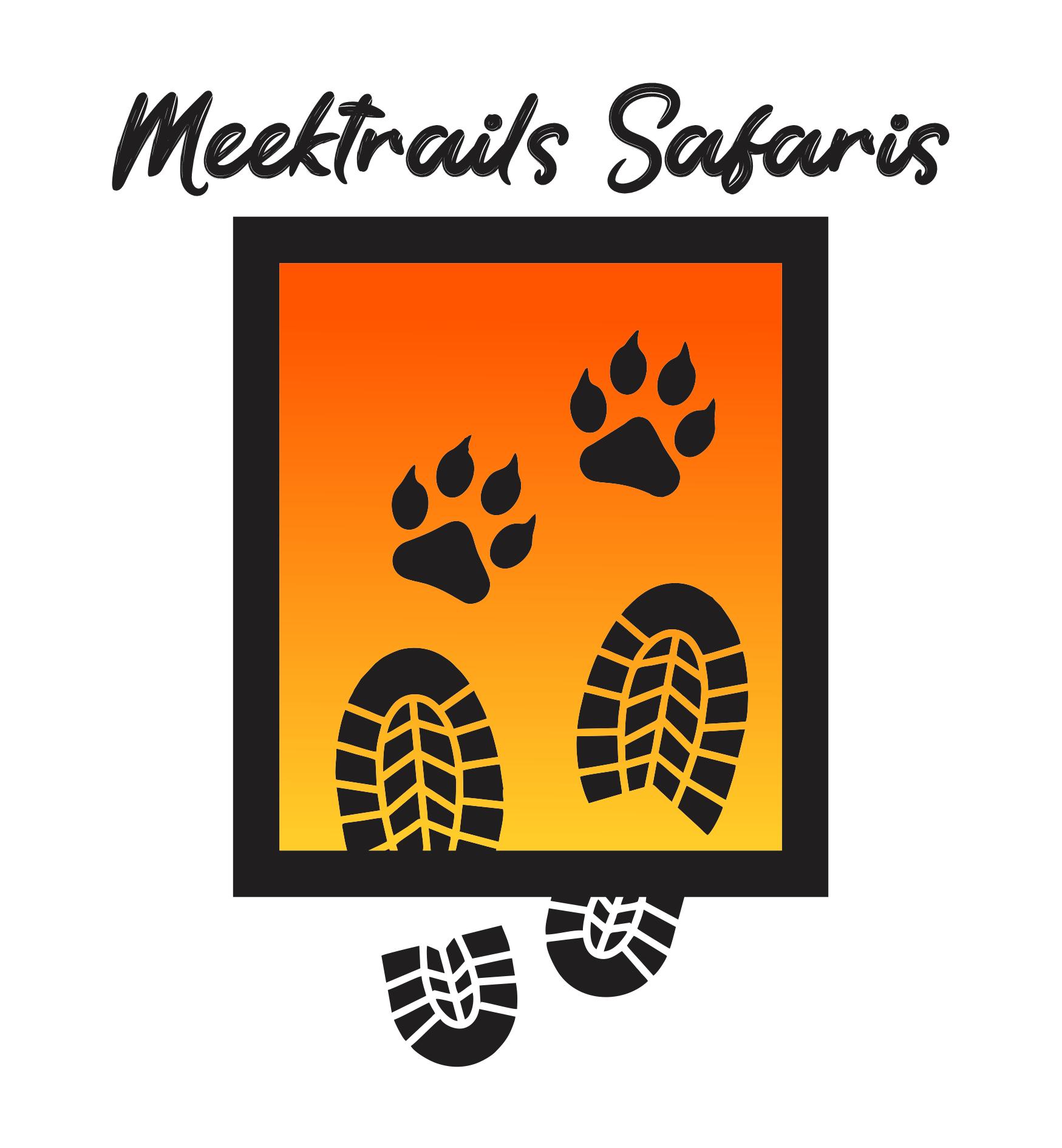The name “Samburu” is derived from the indigenous people who inhabit the region surrounding the national reserve in Kenya. Known as the Samburu tribe, this group of semi-nomadic pastoralists is closely related to the Maasai tribe, sharing not only linguistic similarities but also cultural and social practices. Renowned for their unique attire and deep-rooted customs of pastoralism, the Samburu have coexisted with the local wildlife for generations. In homage to the tribe and its cultural heritage, the wildlife sanctuary was christened Samburu National Reserve, reflecting the deep connection between the native people and the landscape they inhabit.
Nestled alongside the banks of the Ewaso Ng’iro River, the Samburu National Reserve is a haven for wildlife, drawing a diverse array of creatures from the encircling savannah plains.
This wildlife sanctuary is a treasure trove of biodiversity, hosting an assemblage of unique northern species such as the reticulated giraffe, Somali ostrich, Grevy’s zebra, gerenuk, and the beisa oryx—collectively known as the Samburu Special Five. The reserve is a stronghold for elephants and predators including lions, leopards, and cheetahs. In its bounds once roamed ‘Kamunyak’, the miracle lioness famed for her adoption of a baby oryx.
Canine enthusiasts can revel in frequent wild dog sightings, a key highlight of this exceptional conservation zone. Ornithologists and birding aficionados can marvel at a plethora of bird species, with a catalogue exceeding 450 entries.
The elephant population in Samburu is impressive, peaking at over 900 individuals that congregate along the nurturing Ewaso Ng’iro River. In the river’s waters, which are shaded with a tinge of earthy brown, Nile crocodiles lie in ambush, a testament to the circle of life.
For those enchanted by birds, Samburu offers an endless pageantry of feathered life, with a myriad species to observe. Venturing across the savannah, through thickets of acacia and along riverine foliage, sightings of kingfishers, marabous, vultures, guinea fowl, Somali ostriches, egrets, falcons, and eagles are plentiful.
Despite the flurry of animal activity, the reserve exudes an air of serenity and calmness. Much of this peaceful atmosphere is credited to Samburu’s secluded location, which remained untouched for years as more accessible parks were developed.
The reserve derives its name from the Samburu people, an indigenous tribe whose villages flank its borders. Remote yet filled with wonders, Samburu extends a plethora of experiences to its visitors.
Location
Accessed through Archer’s Gate, Samburu National Reserve lies 345 km (214 mi) from Nairobi, roughly a 5-hour drive. Situated in the Rift Valley Province, the park is demarcated to the south by the life-giving Ewaso Ng’iro River, opposite the Buffalo Springs National Reserve.
Climate
With conditions that can be described as arid and desert-like, the climate here oscillates with an average temperature of 30°C (85°F). The wet season spans from March to May and includes a shorter period of rains in November and December.
Visiting Hours
Open daily from 06:00 to 18:00, Samburu is welcoming year-round and remains accessible regardless of the season.
Best Time to Visit
Optimal visiting periods fall between December and March as well as from July to October when conditions are driest. Nonetheless, the reserve offers a delightful experience even during the wet seasons.








